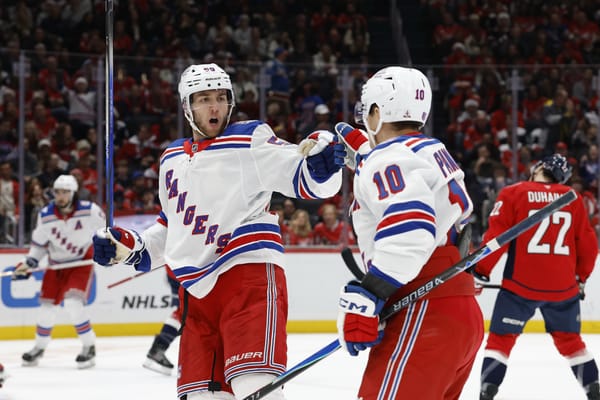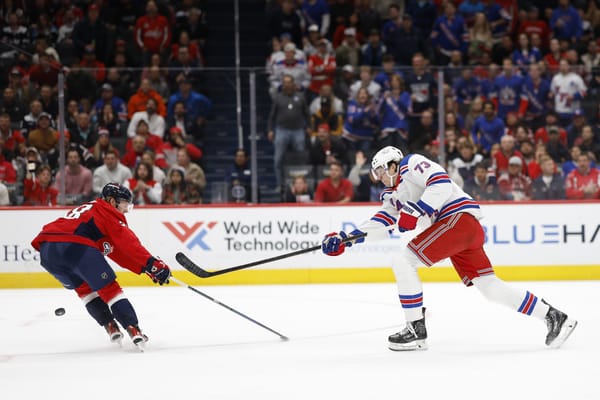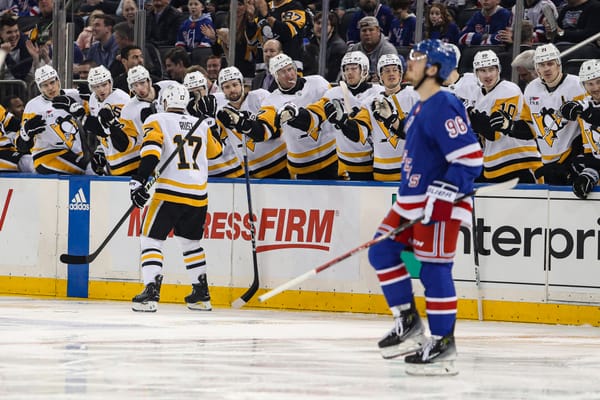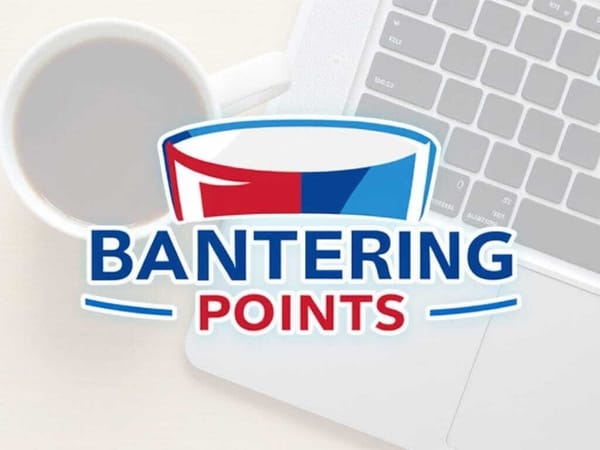What is the Rangers best line?
There are not enough synonyms for the word “trio”
David Quinn’s line-juggling and the New York Rangers multitude of injuries and AHL call-ups have given us a look at a lot of different lines in the first 28 games of the 2018-19 season. But which line(s) have been the most effective for the Rangers?
Let’s take a closer look at the Rangers trios.
If we’re measuring by which line has scored the most goals at 5-on-5, the trio of Kevin Hayes, Chris Kreider, and Filip Chytil — which has been together for about 82 minutes — has been the most productive. That is not altogether surprising considering the season that Kreider has had, Hayes’s solid play, and Chytil’s recent outburst of goal scoring. Together, that group has five goals for and three goals against at 5-on-5. The Rangers haven taken over 54 percent of the shot share with them on the ice, which is 13 percent better than when they’re on the bench.
Kreider-Hayes-Chytil also has a 60.49 xGF%, which makes them the 27th best trio in the league in that category (among lines that have played at least 50 minutes at 5-on-5). If that doesn’t sound terribly impressive to you, consider the fact that Nashville’s Forsberg-Johansen-Arvidsson line is ranked 26th in that category. Still not convinced? Well, Hayes centering Chytil and Kreider has the second-best Rel xGF% in the league. Does that do anything for ya? That’s levitation, holmes.
Hayes and Chytil are also a part of what has been the Rangers’ best line if we measure by Rel CF% and xGF%. The trio of Mats Zuccarello, Hayes, and Chytil has played 30.35 TOI and eight games together — due in large part to Zuccarello’s injury and the amount of time Chytil spent in the bottom-six when Zuccarello was healthy. Together, they have a team-leading 20.33 Rel CF% and a remarkably high 76.1 xGF% because the Rangers took more than 66 percent of the shot share and were expected to score 76 percent of the goals share with them deployed. Those ratios are impacted by a smaller relative sample size, and a 105.56 PDO, but it is definitely a trinity that Quinn should turn to again when Zuccarello returns to the lineup.
Now that we’ve looked at what are likely the Rangers’ top two lines this year, let’s take a look at the rest of the pack. In the table below are all of the lines that have seen more than 20:30 TOI together at 5-on-5. The rest of the triumvirates were discarded in an effort to look at the lines that had the most substantial sample sizes.
Granted, using Rel CF% and xGF% to measure whether or not a line is “good” is far from perfect, but it does help to paint a picture of each line’s efficacy. And, when we consider Rel xGF% and actual goal differential, that picture comes into greater focus. For example: it shows us just how brutal the fourth line of Chytil, Cody McLeod, and Vinni Lettieri was in the four games it was together. That line allowed twice as many shot attempts against as they were able to generate in just under 22 minutes of 5-on-5 hockey.
It’s worth noting that we see the same names a few times in the top five or so lines in the table above when we sort the triads by Rel CF%. Chytil, Zibanejad, Hayes, and Kreider have all been playing great hockey this season and it shows in the shot share. In terms of individual Rel CF% they rank fifth, third, second, and first among New York’s forwards, respectively. Jesper Fast, who is fourth among forwards in Rel CF% (3.41) on the Rangers, also appears in four of the top 10 lines. Pavel Buchnevich, who is sixth on the Rangers in Rel CF% (0.64) also appears on a few of the most noteworthy triads.
Needless to say, even the Rangers’ best line doesn’t hold a candle to Colorado’s stud trio of Landeskog-Mackinnon-Rantanen, but it’s still valuable to compare the Rangers lines to each other — especially in Quinn’s first year behind the bench in New York. Analyzing and predicting line chemistry is a lot like using tea leaves to predict pending catastrophes, but we glean useful information when we sink our teeth into the numbers.
According to Leftwinglock.com, Quinn has used the Kreider-Hayes-Chytil line more often than any other combination at even strength this season. That’s an encouraging sign; Quinn can recognize when something is working, which hasn’t always been clear this season. One needs only look at Chytil’s time with McLeod and Lettieri to appreciate that.
What happens with the lines when Namestnikov, Zuccarello, and Buchnevich return to the lineup will definitely be worth keeping an eye on. Where Buchnevich and Chytil land will be especially important given Quinn’s questionable usage of them in the first few months of the season. Will Jimmy Vesey, Ryan Strome, and Fast move down the lineup? Or will Quinn return to his pattern of exiling young, skilled European forwards on the fourth line? Only time will tell.
Data courtesy Corsica.hockey, naturalstattrick.com, leftwinglock.com.




